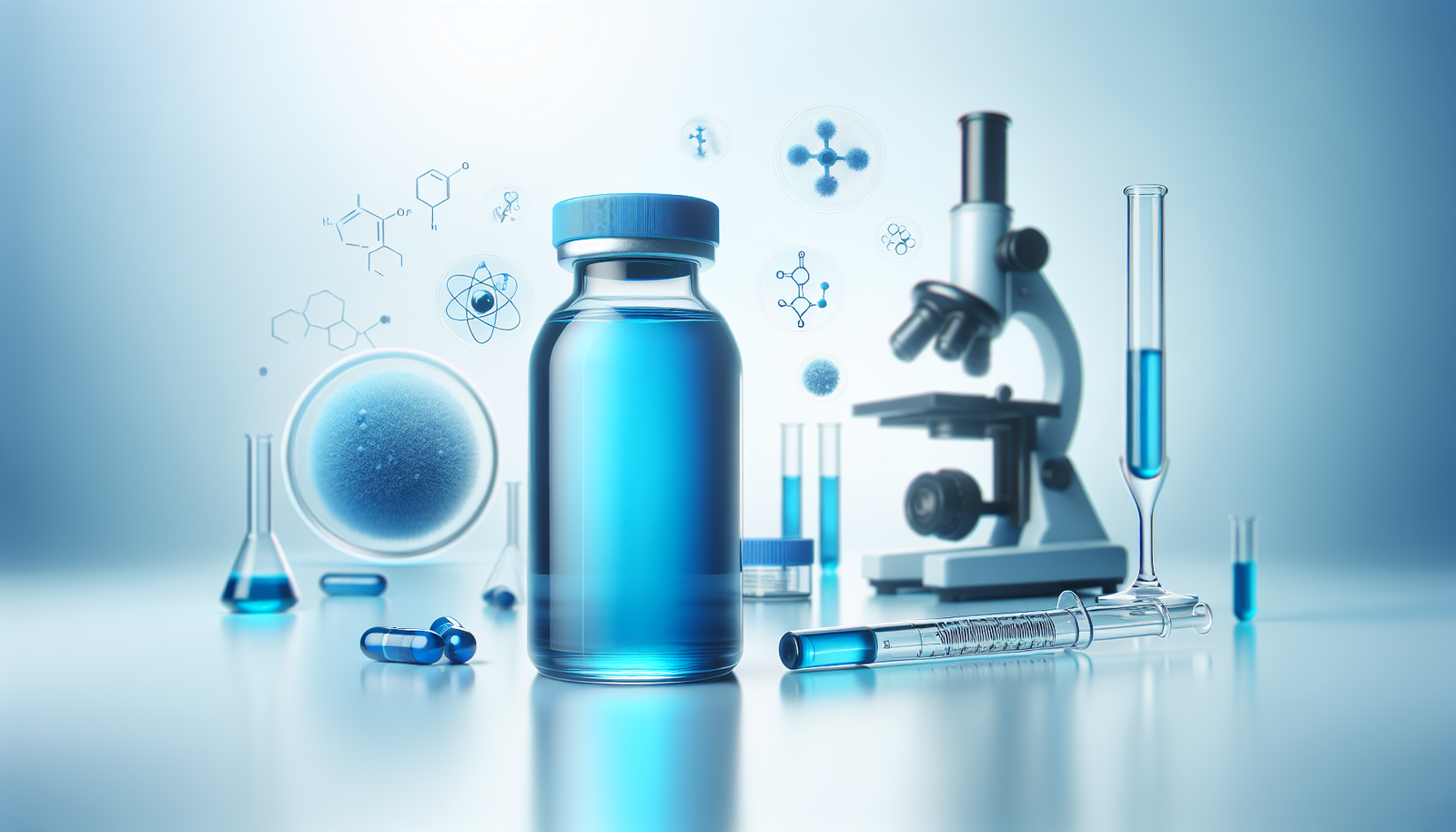
What if there was a compound that could provide insights into various biological and medical processes while also serving therapeutic purposes? Methylene blue, a synthetic dye with a rich history dating back to the late 19th century, has become an important entity in scientific research and clinical applications. In this article, you will discover the top ten applications of methylene blue in science, each highlighting its remarkable versatility and significance.
1. Histological Staining
One of the foundational applications of methylene blue is its use as a histological stain in microscopy. This application has been critical in biology and medicine, allowing scientists to visualize cellular and tissue structures.
Importance of Histological Staining
The ability to stain tissues enables you to differentiate between various cell types and structures. Methylene blue binds to nucleic acids, making it easier to observe nuclei and other important cellular components under a microscope. This method has become essential in diagnosing conditions, understanding cellular functions, and advancing histopathological studies.
2. Antimicrobial Properties
Methylene blue is recognized for its significant antimicrobial properties. It has been studied for its effectiveness against various bacterial and fungal infections. These properties make it a vital agent in both laboratory research and clinical settings.
Mechanism of Action
When methylene blue is exposed to light, it can generate reactive oxygen species (ROS) which lead to microbial cell death. This photodynamic effect has sparked interest in using methylene blue for treating infections, especially those that are resistant to conventional antibiotics.
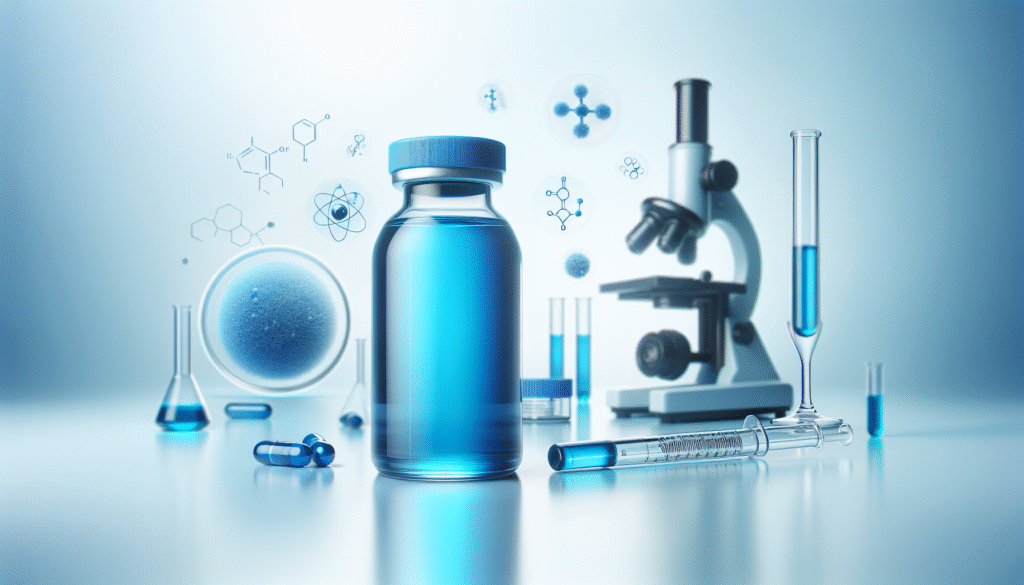
3. Treatment of Methemoglobinemia
Methemoglobinemia, a condition in which hemoglobin is unable to effectively release oxygen to body tissues, can be treated with methylene blue. This application has critical implications for emergency medicine.
How It Works
Methylene blue acts as a reducing agent, converting methemoglobin back to functional hemoglobin. Administering it intravenously can rapidly reverse the symptoms of this potentially life-threatening condition, demonstrating its vital role in acute care.
4. Neurological Research
In the realm of neurological research, methylene blue has emerged as a compound of interest due to its neuroprotective effects. Studies have indicated that methylene blue may help combat neurodegenerative diseases.
Applications in Alzheimer’s and Parkinson’s Diseases
Research has suggested that methylene blue can improve mitochondrial function and reduce oxidative stress, making it potentially beneficial for patients with Alzheimer’s and Parkinson’s diseases. Methylene blue might contribute to slowing down the progression of these diseases, enhancing cognitive function and overall well-being.
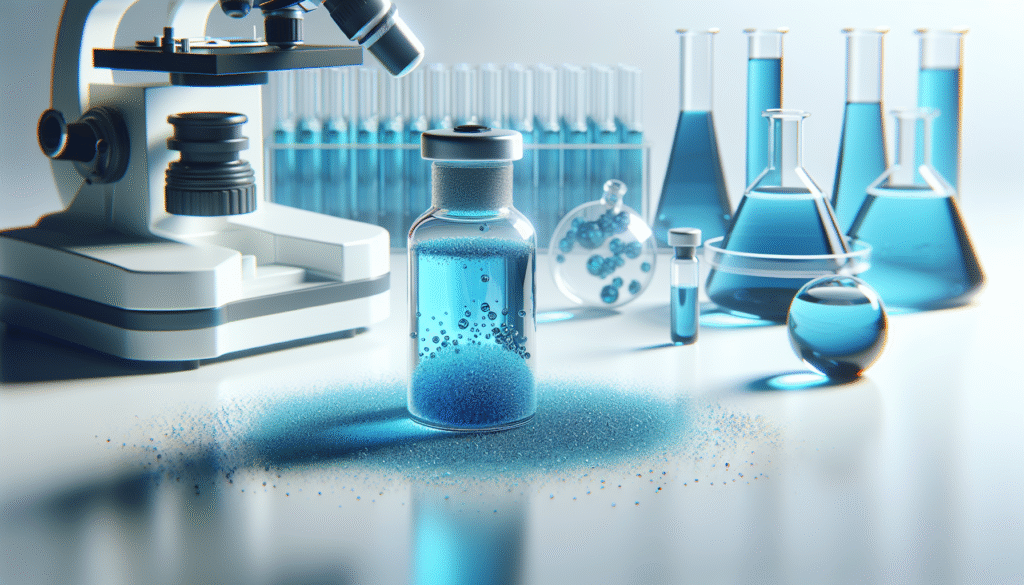
5. Photosensitizer in Cancer Therapy
The role of methylene blue as a photosensitizer in cancer therapy has gained attention in recent years. This application leverages the compound’s ability to produce ROS in the presence of light, targeting cancer cells more effectively.
Mechanisms and Benefits
The photodynamic therapy (PDT) approach uses methylene blue to generate singlet oxygen, which selectively annihilates tumor cells while sparing surrounding healthy tissue. This targeted therapy minimizes the side effects associated with traditional chemotherapy, making it an exciting area of research.
6. Antioxidant Activity
Interestingly, methylene blue exhibits antioxidant properties, which can be advantageous in preventing cellular damage caused by oxidative stress. This characteristic has implications for various health conditions.
Protective Effects
By scavenging free radicals, methylene blue may help protect cells from damage associated with chronic diseases such as diabetes and cardiovascular conditions. Harnessing its antioxidant capabilities could be an avenue for promoting better health outcomes and longevity.
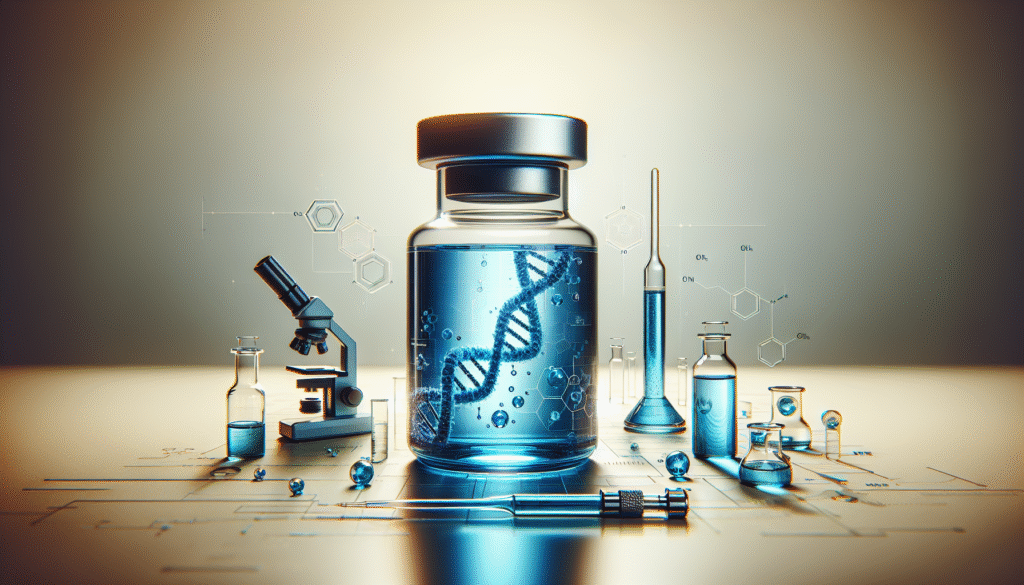
7. Behavioral Studies and Cognitive Enhancement
Emerging research indicates that methylene blue may have cognitive-enhancing effects, leading to its exploration in behavioral studies. This application presents intriguing possibilities in psychology and neuroscience.
Effects on Memory and Learning
Some studies suggest that methylene blue can improve working memory and cognitive function. By influencing mitochondrial activity, this compound might enhance energy production in neurons, leading to better performance on cognitive tasks. This application fuels the discussion on the potential for adjunct therapies in neuropsychological disorders.
8. Veterinary Medicine
Applications of methylene blue are not confined to human medicine; it has also made its mark in veterinary medicine. Its antimicrobial and therapeutic properties have been harnessed to treat various conditions in animals.
Uses in Pets and Livestock
Veterinarians often use methylene blue to treat infections and conditions in both companion animals and livestock. Its effectiveness against certain pathogens ensures that it remains a valuable tool in veterinary practice, contributing to better animal husbandry and health.
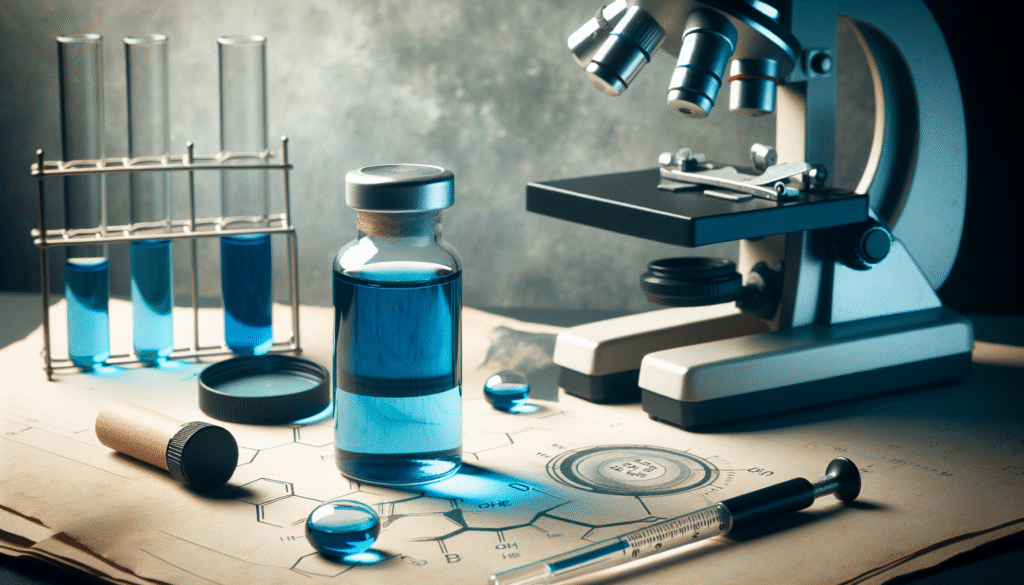
9. Research in Microbial Metabolism
Methylene blue plays a role in the study of microbial metabolism, particularly in understanding how microorganisms process different nutrients. This application is crucial for advancing microbiology and biotechnology.
Contributions to Environmental Science
Using methylene blue as a redox mediator, researchers can study the metabolic pathways of microbes, including their roles in bioremediation and nutrient cycling in ecosystems. This knowledge enhances our understanding of microbial ecology and can inform environmental conservation efforts.
10. Enhancement of Imaging Techniques
Methylene blue is also utilized to enhance imaging techniques in medical diagnostics, such as fluorescence imaging. This application can significantly improve the visualization of structures within the body.
Implications for Diagnostics
By utilizing methylene blue in imaging, healthcare providers can achieve higher sensitivity and specificity in detecting abnormalities, aiding in the early diagnosis of diseases. This application underscores the role of methylene blue in advancing medical technology and improving patient outcomes.
Conclusion
Methylene blue has established itself as a compound with diverse applications across various scientific disciplines. From histological staining to cutting-edge cancer therapies, its significance is unparalleled. As research continues to unfold, you may witness further advancements that leverage the properties of this remarkable compound, potentially revolutionizing medical practices and enhancing our understanding of biological systems. The future of methylene blue in science appears promising, and its multifaceted capabilities will continue to be a focus of interest in research and clinical settings.